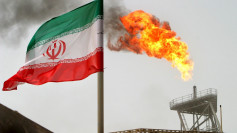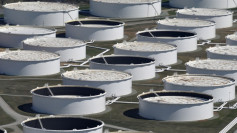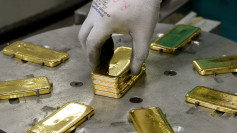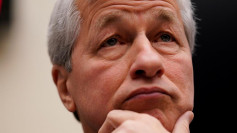The Asian region is now the focus of an American aid agency to offer an alternative source of funding to the Chinese market's rapidly expanding finance landscape.
The US House of Representatives has approved last December US$60 billion worth of funding for the United States International Development Finance Corporation for its partnership with countries in the Asia-Pacific region.
During his Asian visit, Adam Boehler, DFC chief executive, said that the group wanted to come to the Indo-Pacific right away, "because the region is critically important to the US from an investment standpoint." Boehler stressed that there is no doubt that the DFC funding is meant to be "a strong investment alternative for nations,"
The newly-formed organization is America's latest attempt to expand its influence in the Asia region - where it is the dominant military power, but fails to equal the economic leverage of China through investments made as part of the Belt and Road Initiative.
China has promised to allocate more than US$ 1 trillion on infrastructure projects around the world under the BRI program, which started in 2013.
China has also played a key role in establishing the Asian Infrastructure Investment Bank (AIIB) for US$ 100 billion in 2015, and the New Development Bank (BRICS) in 2014.
Additionally, Chinese state banks like the China Export-Import Bank have helped channel capital and lending from Asia to Africa.
But after Trump started the trade war with China, the conflict between the two countries has expanded into other areas, such as culture and geopolitics; triggering a renewed US focus on their international relations.
DFC's entry follows a bipartisan bill - the Better Use of Investment Leading to Development Act (BUILD), passed by the House in October last year which was eventually signed into law.
The "America First" policy of US President Donald Trump and efforts to curb foreign aid have also helped drive traditional US partners like the Philippines and Indonesia closer to China in recent years.
The creation of the DFC, which is now the largest development agency in the world, included the merger of the Overseas Private Investment Corporation and one division of the Development Credit Authority of the United States Agency for International Development (USAID). It is structured to provide private companies with equity investment, insurance, and financing through loans.
Boehler said the DFC was part of Trump's "Indo-Pacific" policy, which aims to bring the United States into China and other key areas as a trusted partner. He also said the DFC is open to working with partners including Japan, South Korea and the United Kingdom.





